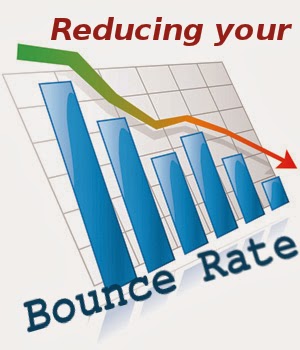Are we ‘benching’ it right?
The 30 share
index is considered to be the economic barometer of the Indian capital market.
Apparently, these 30 components are the largest and most actively traded
stocks. These stocks are representatives of different sectors of the economy. Although
they represent less than 1 percent of the total number of companies listed on
the Bombay Stock Exchange yet they account for around 50 percent of the BSE's
total market capitalisation.
Indian economy
is defined by the small entrepreneurs and not by the big brothers. The
heavyweights are well-armoured to fight a declining economy and it is the small
and mid caps that truly bear the burns of rising costs of funds, power, labour
etc. This is the basic reason why the market is at 22000 even after the Gross
Domestic Product has fallen from 9 percent to 5 percent. The big corporates,
who are considered to be the pulse of the country can easily take these things
on their chin and walk straight to fight recession or may be even depression.
Ironically, a steady Dalal Street is then glorified as a sign of the Foreign
Institutional Investors’ re-enforced trust in India despite a crumbling
economy.
Reports have
shown that in the financial year 2012-13 while the ‘super 30’ earned a return
of 7.45 percent, mid-cap and small companies lost to the tune of 10 and 19
percent respectively. While the Sensex fell only by 2.5 percent, mid-cap and
small-cap indices have battered by 23 and 28 percent respectively.
Another limitation
of the index is that out of the top 30 companies, six companies can alone alter
the market because of the higher weights accredited to them.
Source:
bseindia.com
The dominating
representation of these companies has resulted in the Sensex becoming sensitive
to only price movements of these companies. But are these six companies the
only mirrors of the economy? Not really.
Surprisingly,
two of these six companies are from the same parent company, HDFC.
Moreover, like
stocks certain sectors also dominate the calculation of the Sensex.
Source:
bseindia.com
Issue is not
only the skewed representation of sectors but also the extreme sensitivity of
the dominating sectors to changes in prices which make the index undesirably
volatile.
Above all Sensex can be easily manipulated by
fund managers. The index doesn’t seem to measure the economy correctly. The
movement seems to misrepresent the economy as well as the stock market. A
broader base and adequate representation of the small companies can make Sensex
a better benchmark index.About the author
Ritika Pradhan
is a graduate in commerce and hold a diploma in Business Journalism and
Corporate Communication from the University of Delhi. She has worked as the
Public Relation Manager of EduKart.com and is currently pursuing English
Journalism at the Indian Institute of Mass Communication. You can read more of
her blogs on http://bruisedview.blogspot.in/





